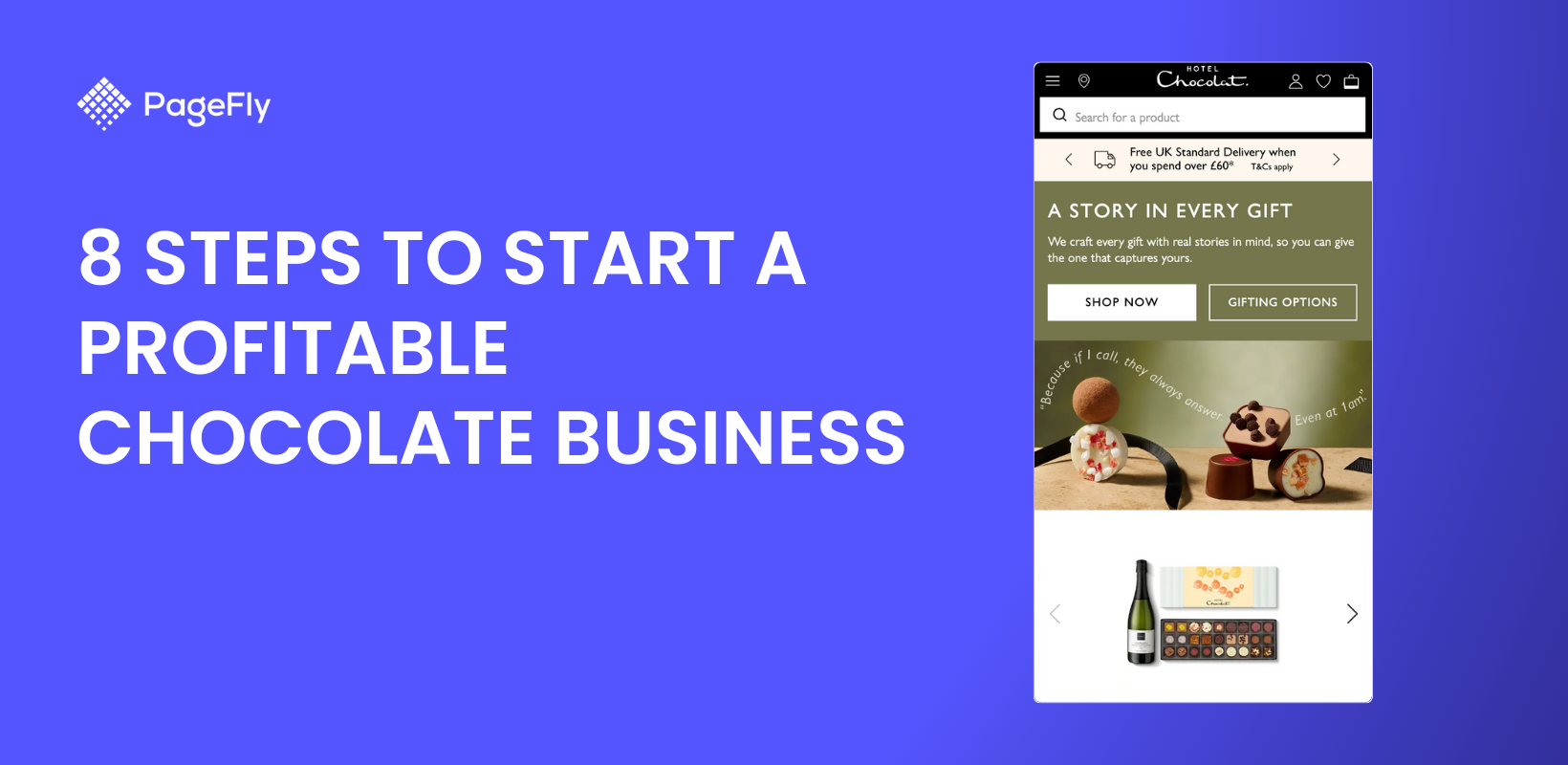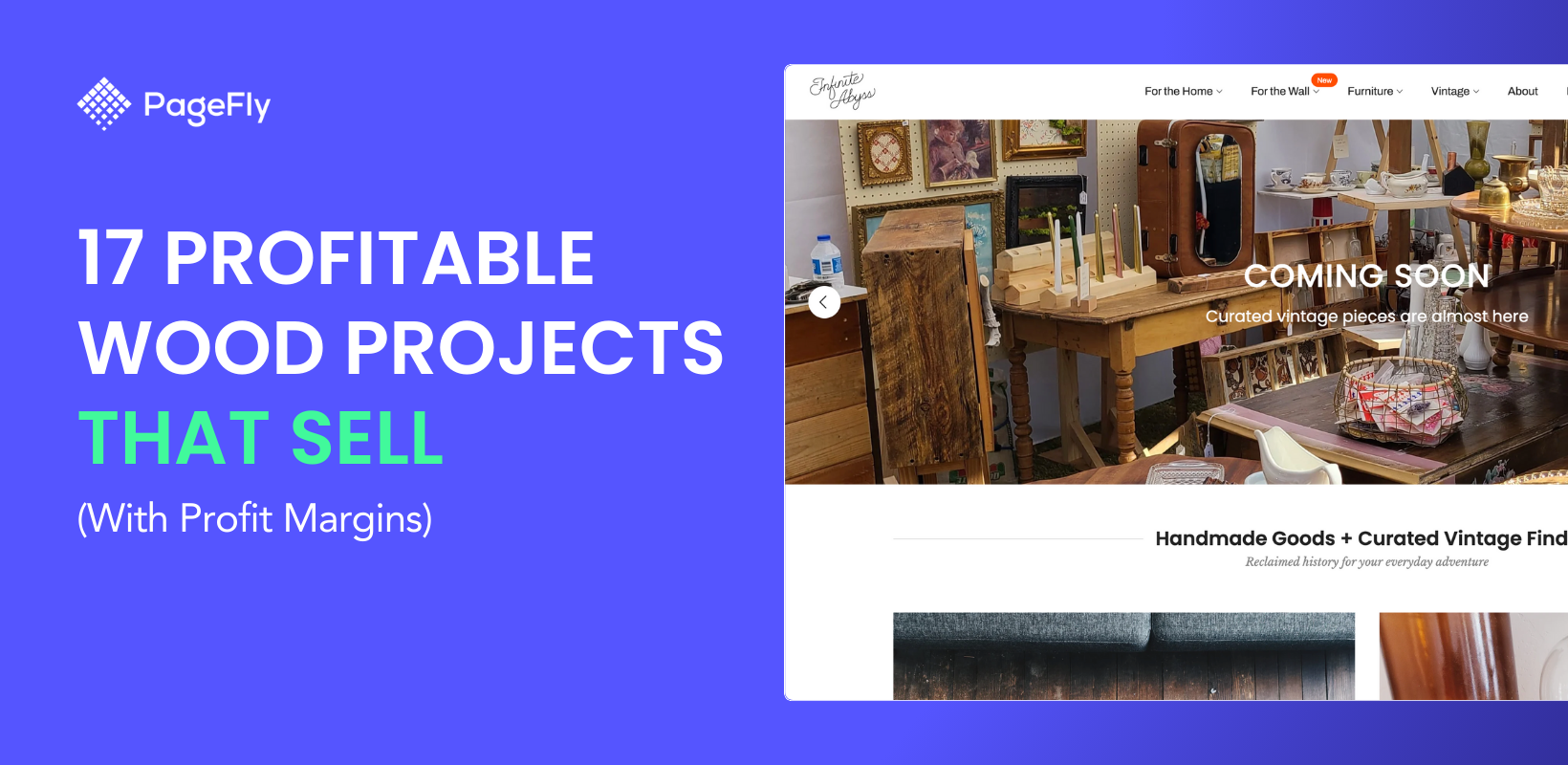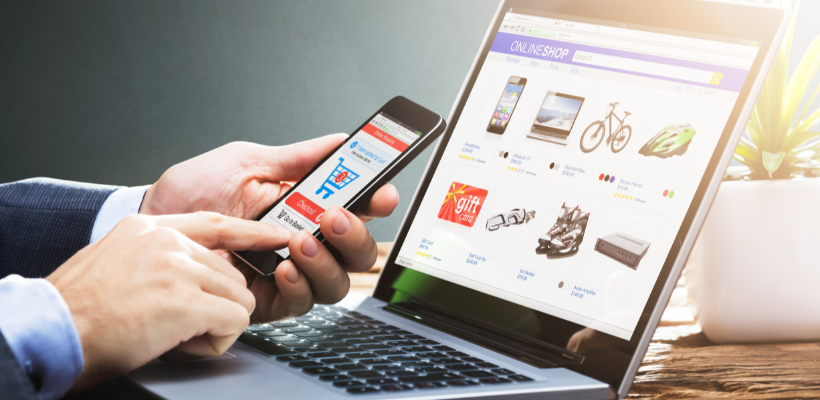Lately, hat brands have been in the news.
From Canada-based Tilley to Italy-based Borsalino, it is obvious that these companies are riding a wave of resurgence into the minds of consumers worldwide.
What’s more? The global headwear market is expected to reach $36.4 billion by 2028. This makes right now a very good time to build a hat brand if you want to take part in that growth.
So are you wondering how to start a hat business? This article will show you what you need to know.
Outline
- Do market research for your hat brand before you get started
- How much does it cost to build a hat business?
- Turn your business into a brand
- Build an online store for your hat brand
- How do you source and manage your hat inventory?
- How do you market and advertise your hat business?
- Conclusion
Do market research for your hat brand before you get started

Source: Pexels
This should go without saying but it wouldn’t hurt to reiterate it here: Before you open any business bank account, always do your market research.
Your own hat business is no different. In order not to be blindsided by market realities when you finally launch, market research is crucial.
Here are some of the things you can do to help you understand the market you’re about to enter.
Be clear on your target audience
What makes selling hats tricky is that they can be produced in different styles and appeal to a wide variety of people.
Take the case of Tilley for example, the brand sells to sailors, birdwatchers, hikers, hunters, and fishing enthusiasts. If you go to an online store, you’d most likely find hat collections that include any of the following hat types:
- Baseball caps
- Cowboy hats
- Fedoras
- Beanies
- Sun hats
- Winter hats
- Beret
- Bucket hat
- Straw Hat
- Hard Hat
Since you’re just starting out and you most likely don’t have the type of budget that a brand like Tilley does, it is best to focus on a specific audience and cater to their needs.
A clear focus on a specific audience is important for making impactful product and marketing choices as a business owner.
Analyze your competitors to identify ways to differentiate your brand
Hat businesses like you do are your direct competitors. But your competitive analysis should not be restricted to these people. You also have to consider your indirect competitors. These are brands that sell hat alternatives. They compete with you for your audience's time and money.
Completing a competitive analysis is no easy task. For context, there are 8,349 live shopify stores in the headwear category. This means you have to compete with thousands of Shopify stores in order to reach people who might be interested in buying headwears.
That’s a lot of competitors. So it is important to know what to look for when you begin this exercise.

Source: Pexels
According to Brand Masters, you must answer the following questions when running a competitive analysis.
- What opportunities exist?
- What are the gaps?
- How do we fill the gaps?
- What are the market trends?
- What features should we focus on?
- What benefits should we promote?
- How does our audience feel?
- Where is our audience being let down?
- How can we stand apart from our competitors?
Keyword research
Search engines like Google remain an important channel for your customers to discover your brand.

Source: Pexels
Despite all the hype about ChatGPT and how it will be the death of Google as we know it, the platform still remains the entry point for many people looking to get something online.
With this in mind, it is important to do keyword research to gauge the popularity of your hat niche and see if there's an active market.
Keywords are the words and phrases you type into search engines so when you do keyword research, you’re looking for relevant keywords that your customers search for when looking for your product online (in this case hats). These are keywords that you want your brand to rank for.
How much does it cost to build a hat business?
The answer is: It depends.
There are some things that could be done for free, like marketing your products. You can also opt for a dropshipping business model to cut away your inventory costs.
But ideally, you can start your hat business from your home with $500-$800. This includes a small inventory and a small budget for marketing.
If you plan to operate on a much larger scale, you might need a budget of $2000-$4000. You also need to consider the cost of hosting your online store. Shopify’s Basic plan for instance costs $24 per month.
Overall, the final amount you need will depend on the size of your inventory and the scale of marketing strategies you want to implement.
Turn your business into a brand
To illustrate why building a brand will give you an edge in today’s eCommerce landscape, let’s look at the story of General Mills.
General Mills is an eCommerce-boosted, US-based food company that realized it needed to tell a better story online in order to compete better with its rivals and engage customers. This need to refine their brand came up in spite of the fact that General Mills is 150 years old and already has a sizable foundation of loyal audience.
“We wanted to tell the General Mills story in a better way, while still meeting the needs of our audience.” – Emma Wick, Delivery Manager @ General Mills
By completely revamping their website design and approach to engaging with customers, General Mills was able improve key performance metrics according to Wick.
If a 150-years old company saw the need to focus on branding, then it must be doubly important for a new business like yours.
According to Drew Urquhart–founder of Banch Marketing, there are three main components you must take note of when branding your hat business.
- Awareness: What type of customers are your ideal customers?
- Value: The higher the value these customers place on your brand, the higher you can charge for your products.
- Feeling: What feelings do you want to invoke when people hear about your brand?

Source: Pexels
With these components in mind, here are quick tips you can use to brand your hat business.
Tell a story with your brand message
Your brand message is your story. It tells your audience what you do and why it is important that you do what you do.
A memorable example of a brand message is the one from TOMS. TOMS promises to “match every pair of shoes purchased with a pair of new shoes given to a child in need.”
Warby Parker also promises to offer “designer eyewears at revolutionary prices.”
Note that your brand message shouldn’t be restricted to what you do now. It should also drive your future marketing efforts. Essentially, your message should capture what you want your brand to be all about to your customers.
Match your visuals to your message
With your message done, it’s time to create custom designs that represent how you want your audience to visualize your brand.
In General Mills’ case, the company focused on website redesign and customer-centric content. You’ll have to do more than that.
Your logos, website design, social media graphics, and even your words should match your brand message. Choose a color palette that best represents the emotion you want your audience to feel when they come across your brand.
Make everything consistent
Consistency is a key characteristic of proper branding.
Think about this: How would you receive a brand that uses different colors, maybe even different logos too, in its communication?
You’d most likely not take that brand seriously even if the brand sells luxury products. That’s the same way your customers won’t trust your business if you are inconsistent with your branding.
Once you are clear on your message and visuals, use them over and over again in places you expect your customers to find them i.e emails, website, social media.
Position your brand
As stressed earlier, you will compete with tons of eCommerce brands if you decide to enter the retail hat space. To stand out in this competitive market, you need to position your brand in a way that makes it clear that you are different from your competitors.

Source: Pexels
What this comes down to is understanding how you could offer value that is different from what the other brands in your niche offer the market. Some of the things you could think of to give yourself an advantage include:
- Are you affiliated with charitable organizations?
- Do you use only eco-friendly materials?
- Do you have close relationships with manufacturers so you can offer the best prices?
- Can you offer the best products in a particular category or customer segment?
Get feedback from your customers
It is easy to fall in love with your design and position, so much that you fly with it without proper testing. But no matter how good you think your branding is, your customers remain the ultimate judge of the relevancy of your branding.
So if you want to make sure that the market receives your message the way you want it to, ask your target audience for feedback.

Source: New Breed Revenue
Get started with this by:
- Use social media channels to get feedback. Social media is already an effective communication channel for eCommerce brands.
- Analyze on-site activities to understand how your customers interact with your website.
- Directly ask your customers for feedback.
Build an online store for your hat brand
With your branding settled, it is time to start building your online store.
Building an online store is akin to a full-time job. This is why you need an eCommerce platform with built-in functionalities that takes away most of the stress of running your store.

Source: Burst
Shopify is one of those platforms that allows you to easily sell hats online. The platform is used in about 200 countries and home to over a million online stores. Beyond Shopify though, here are some of the things your online store must have regardless of the platform you use.
What are the essential components of your online store?
Easy checkout process
Checkout is a critical point in the conversion of your customers. You can lose up to 65% of your customers if you have a poor checkout flow.
Some characteristics of effective ecommerce checkout pages that you can adopt for your hat brand are below.
- Minimize the number of checkout steps. Customers are more likely to fall off if they have to jump through too many hoops in order to complete a purchase. One-page checkout is preferred by customers but generally, you should balance the number of steps you make your customers go through and the amount of information you need from them with convenience.
- Make it optional to create accounts. Do you really need your customers to create an account before they make a purchase? Sometimes, it is a good idea–accounts make it easier to offer a unique personalized experience to your shoppers.But customers will mostly see the extra step of creating accounts on your website as a purchase barrier. One in five potential customers will abandon their purchase if forced to create a username and password.
- Upsell and cross sell on your checkout pages. Checkout pages are the perfect opportunity to show a customer that has just bought your products other products or offers that they might be interested in.
Detailed product descriptions
Of course, this sounds like a no-brainer but it is still something you want to pay attention to. Accurate and compelling product descriptions can sway your customers into making a purchasing decision.
It shows the value of your products to potential customers including their features and benefits. Some tips for creating high-converting product descriptions include:
- Write your own descriptions. Many retailers just copy and paste the descriptions provided by their manufacturer. Sure, some of the information provided will be relevant. But in cases where retailers use similar manufactures or let’s say sell the same products, your product descriptions will look the same as your competitors and your customers will notice.
- Keep your target audience in mind. Remember when we said hats are loved by people from different walks of life? If you want your description to resonate with a specific audience and use case, understand who you’re writing for and use phrases that are relevant to them.
- Add an FAQs section to alleviate any doubt about your hats. In the FAQ section, include details on your hat size, color, weight, dimensions, and so on.
- Test your descriptions too. You can’t know if your descriptions will be successful unless you test different variations to see what works for your brand and audience.
Reliable payment gateway
Your online store should make it easy for you to process customers payments. You need a merchant account with payment processors like PayPal and Stripe to get started.
It is also good practice to accept more than one payment method like credit cards and crypto. This gives your audience more options to complete their payment.
Take good product images
Good product images are crucial to the success of any online store. If online brands do not have any image on their website, would anyone buy?
Having professional photos on your website builds trust. Customers will find it hard to trust a brand whose images are small and grainy.
Here are some of the mistakes you should avoid when taking photos for your hat brand:
- Improper lighting: Soft light provides the best balance for photography. They make your products look even and without shadows.
- Inappropriate background: Pay attention to the backgrounds you use for your images. Your background should fit the context of the shoot. If you want to focus on product details, use a white background. But if you want to show how your product can be used in a particular setting, make sure you use the appropriate setting as your background.
- Disproportionate images: your images should not appear stretched or out of proportion.It leaves a bad impression on your customers.
Responsive website design
Responsive web design is simply a type of website design that ensures that your eCommerce website’s pages are displayed with the right dimensions across a variety of devices and screen sizes.
It is important to create a consistent experience for your shoppers, regardless of the device they interact with you from. Elements of a responsive web design include:
- Intuitive navigation
- Improved page speed
- Optimized images
- Compatibility
- Consistency
For Shopify merchants, PageFly is a highly rated app for building highly-responsive and conversion-optimized pages for your online store. Trusted by over 170,000 users including brands like Engel and Volant, PageFly has all the features you need to customize your website without messing up its performance.
You can explore some of our responsive templates here.
How do you source and manage your hat inventory?
Now, with your branding and online store all figured out, it is time to think about how you want to get your products.
Unless you have the skills and resources needed to produce your hats yourself, you’ll need to outsource your hat production to manufacturers. An important quality you should always look for when working with hat (and clothing) manufacturers is quality.
You could find general clothing manufacturers that can help you produce your custom hats at affordable prices. But for the sake of quality, ensure that you work with specialists.
Breakdown of the hat manufacturing process
Exact hat production process differs from hat to hat. But there are three major stages involved:
- Fabric selection and sewing
- Blocking
- Trimming
- Finishing and inspection
Fabric selection and sewing
This stage starts with the design of the hat. Often, the manufacturer will provide you with a sample hat made from the material you requested. Once approved, sewing will begin. The pace of sewing depends on the number of units you want and the number of workers your manufacturer works with.

Source: Pexels
Blocking
A hat block (also known as hat form) is a wooden block carved onto the shape of a hat. These blocks stretch the hat material in order to create the right shape.

Source: Hatalk
Aluminum blocks are often used in large scale production plants. But for higher quality results, wooden blocks are preferred.
Trimming
After the sewing and blocking of the hat, production is finished off by adding decorations such as bows or rhinestones and sewing in the hat linings. This is the stage where your vision for your hat truly comes to life–a basic looking hat is turned into something that’s worth hundreds of dollars.
Finishing and inspection
It is time for quality assessment. Compare the units produced against the sample provided at the beginning. Faulty products should be returned to the production line and the good ones should be prepared for packaging.
Find reliable manufacturers and suppliers
You now know what it takes to produce your hats. But how do you find reliable manufacturers to help you bring your designs to life?
There are a couple of ways to go about this.
Marketplaces like AliExpress are a good place to start. They usually list thousands of manufacturers and you can filter them based on their ratings. Also, ask your network to direct you to a reputable hat manufacturer. Chances are someone you know knows a manufacturer that is a perfect fit for you.
Inventory management strategies you can adopt for your business
Optimizing your inventory management is a key part of any eCommerce business. Kearney, a global management consulting firm, conducted an assessment of eCommerce brands inventory and found out that many players have inventory performance that is 10 to 20 percent worse than last year.
You can avoid such fate by properly adopting any of these three eCommerce inventory management strategies.
Dropshipping
The whole idea of this business model is that you never touch the product or keep inventory. Once a customer makes an order on your website, you pass it on to the manufacturer or supplier who then sends the hat to the customer’s address.

Source: Shopify
Third-party logistics fulfillment (3PL)
In this inventory management strategy, you hand over responsibilities such as logistics, warehousing, and fulfillment to a third-party logistic partner. This partner should ideally have the expertise and resources to handle complex logistics responsibilities while you focus on moving your business forward.
Just-in-time inventory management
This inventory style requires you to stock a product only when a customer orders it. This means that the number of products you have in storage is more or less always equal to the number of orders you have.
This style can be risky as a surge in orders can leave you scrambling to satisfy your customers.
How do you market and advertise your hat business?
After production, the next thing to figure out is how to get your products in front of customers.
There are different marketing strategies available for this. Some of them are:
- Email marketing: Building an engaged email list is a very effective eCommerce marketing move. Email marketing allows you to communicate directly with your customers, informing them on new product launches, discounts, and other special offers. It’s also an intimate avenue to carry out customer surveys.
- Social media: social media is an invaluable tool for any eCommerce business. On your different social media accounts (Instagram, Twitter, TikTok and Facebook), you can reach and engage new customers, and showcase your hats to a lot of people.
- Influencer marketing: influencer marketing is hot currently. Businesses are making $5.2 ROI for every $1 spent on influencer marketing. To make this work for your brand, find a social media content creator with a relevant audience to yours.
- Paid advertising: paid ads are probably the fastest way to get your brand in front of a large number of potential customers. Google ads, Facebook ads, TikTok ads–all of these platforms allow you to reach millions of buyers and measure the performance of your ads over time.
Conclusion: how to start your own hat business
Hats are a popular wardrobe accessory which means there’ll always be a market for them. But learning how to start a hat business won't be easy just because hats are popular. In order to build a successful hat business, you have to do your due diligence in the areas of research (market and business licenses), branding, and marketing.
If you have a solid plan for each of these areas, then you’ll be setting your brand up for long term success.





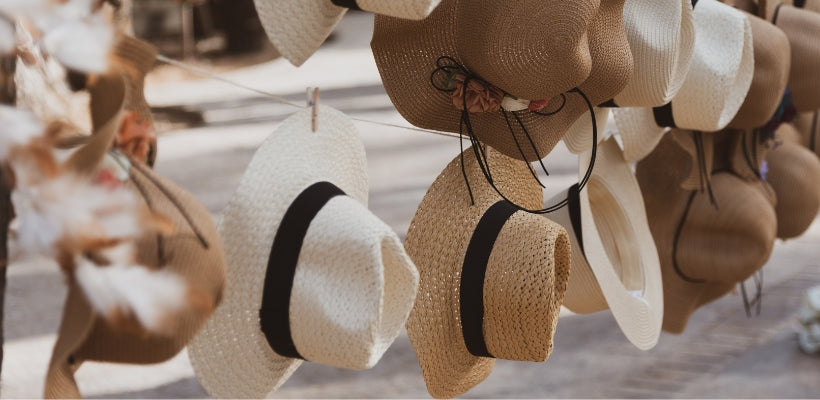


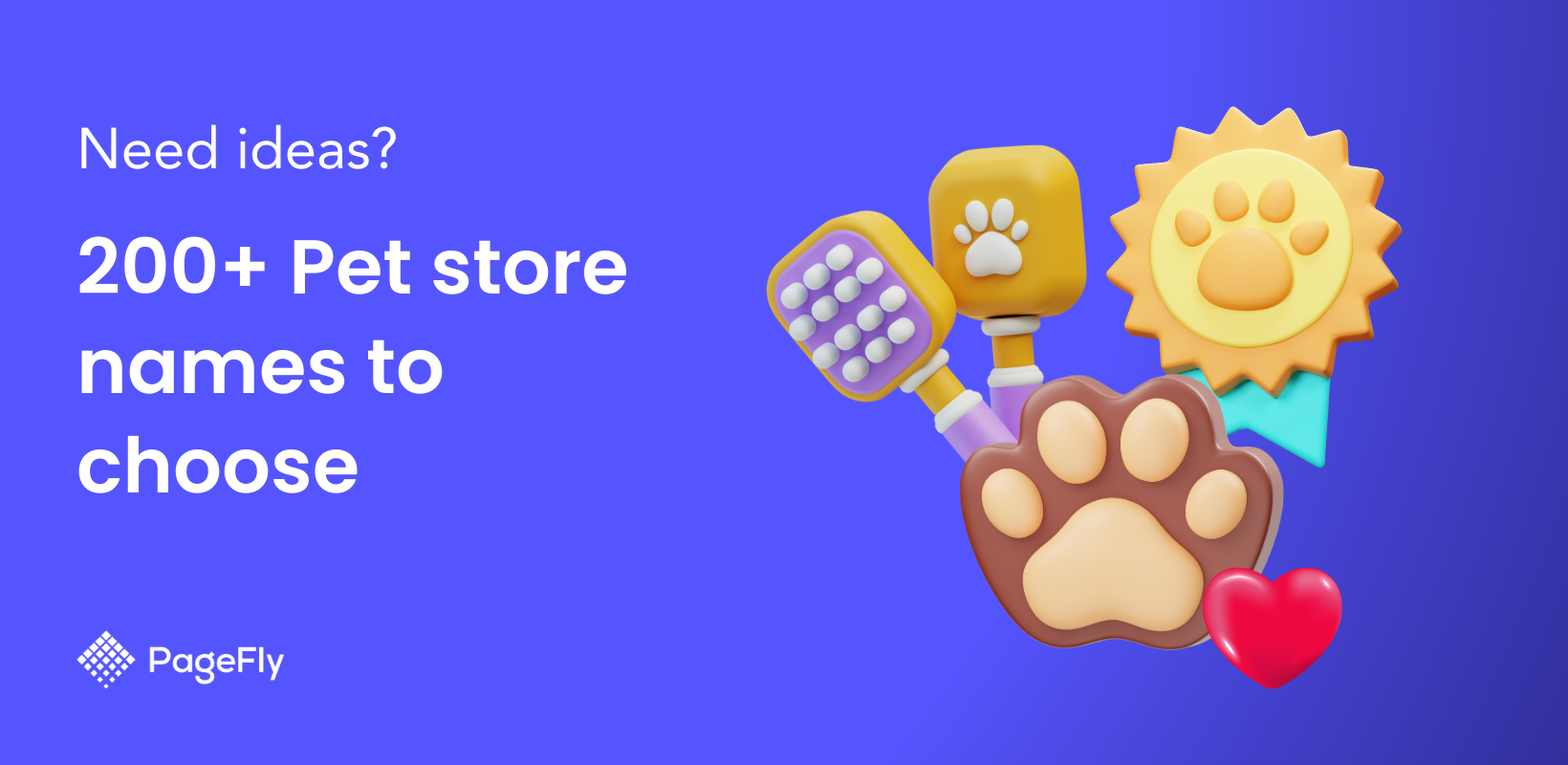
![14 Profitable Small Food Business Ideas for 2025 [Real Numbers]](http://pagefly.io/cdn/shop/articles/1_58b587d2-13db-4aa6-8c19-e40f5c88d3eb.jpg?v=1758255771&width=4460)
![Art Business Names: 350+ Ideas + Free Generator [2025 Updated]](http://pagefly.io/cdn/shop/articles/art_business_name_e94a54e9-d325-4ba3-94ab-7b4297952312.png?v=1760062968&width=1640)

